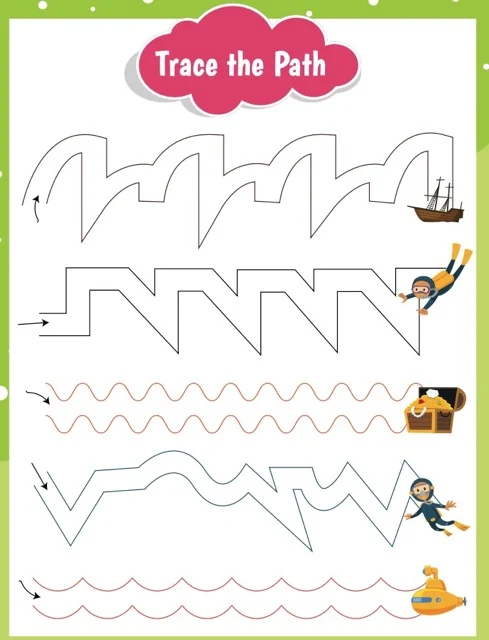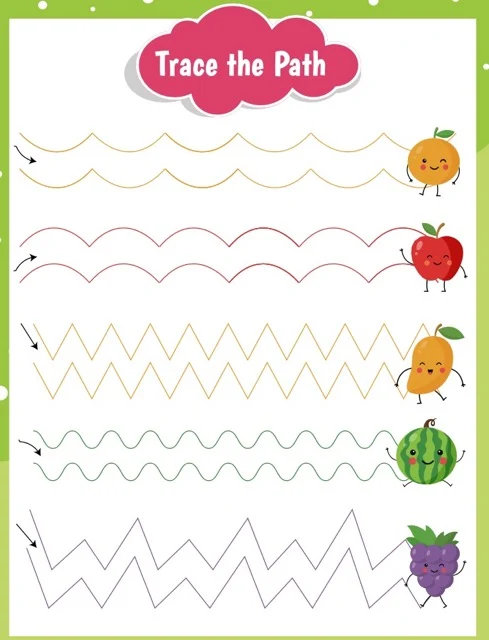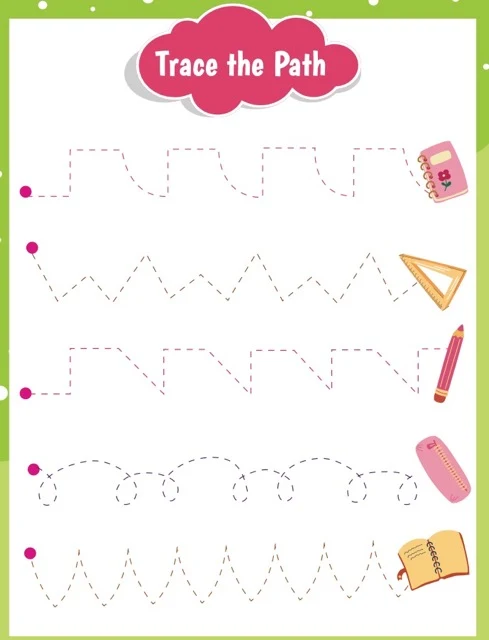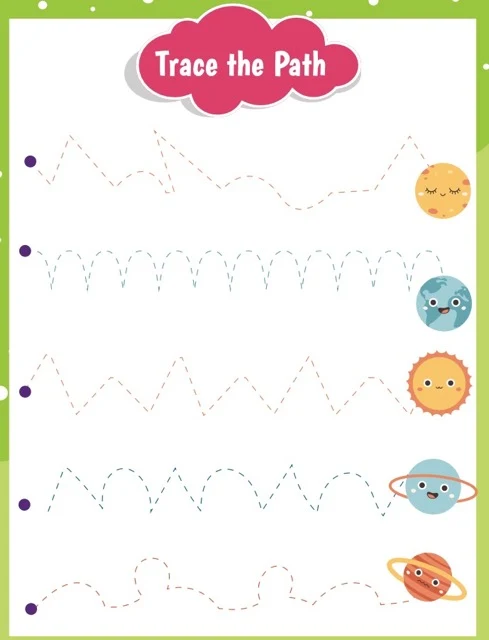Source Material Analysis
This briefing document emphasizes the crucial role of source material in information generation. It stresses the importance of methodical analysis, including tracing the path of ideas and critical evaluation for bias and context. Effective use requires identifying main themes, considering the intended audience, and upholding ethical considerations, such as proper citation. The ultimate goal is to produce accurate, contextually relevant information grounded in reliable evidence.
Utilizing Source Material Effectively
Briefing Doc: Understanding and Utilizing Source Material
Main Themes:
●
Importance of Source Material: The provided excerpts emphasize the crucial role of source material in generating accurate and contextually grounded information. Whether creating FAQs, conducting research, or learning, relying on and properly interpreting source material is paramount.
●
Tracing the Path: A key concept presented is "tracing the path" within source material. This signifies a methodical approach to understanding information by carefully examining the presented ideas and following their logical progression. This theme highlights the active role required in engaging with sources.
●
Critical Evaluation: The excerpts stress the importance of critical thinking when assessing source material. This involves identifying potential biases, considering the historical and cultural context, evaluating the credibility of sources, and ensuring ethical use of information.
Most Important Ideas/Facts:
●
Purpose of Source Material: Providing source material when requesting information ensures a shared understanding and allows the generated information to be rooted in specific evidence. "Providing source material allows for a shared understanding and ensures that the information generated is grounded in specific evidence and context."
●
Focus on "Actual Text Content": Analyzing the actual wording, arguments, and data within sources leads to more accurate and relevant outputs. This is particularly crucial when creating FAQs. "Actual text content" is emphasized because it allows for direct analysis of the language, arguments, and data presented in the sources, leading to more accurate and relevant FAQs.
●
Identifying Themes and Ideas: Before formulating questions or drawing conclusions, it is vital to identify the central themes and key ideas within the source material. This helps prioritize information and ensure that the output addresses the most significant aspects. Identifying the main themes and ideas helps to prioritize key information and ensures that the FAQs address the most important aspects of the source material.
●
Considering Audience: Understanding the intended audience of the source material is essential. This awareness helps tailor the language, complexity, and focus of the derived information to their specific needs and knowledge levels. Understanding the intended audience helps tailor the language, complexity, and focus of the questions to their level of knowledge and specific interests.
●
Ethical Considerations: Ethical considerations, including proper citation, accurate representation of information, and acknowledgment of potential biases, are crucial when using and interpreting source material. "Ethical considerations include properly citing sources to avoid plagiarism, representing information accurately and fairly, and acknowledging potential biases or limitations in the source material."
Key Terms:
●
Source Material: The foundational texts, data, or information used as evidence in research, writing, or learning.
●
Themes: The central ideas or messages conveyed within a text or body of work.
●
Bias: Predispositions that can skew the presentation of information.
●
Context: The circumstances surrounding information, influencing its meaning.
●
Critical Thinking: Carefully analyzing information, evaluating evidence, and forming judgments.
Overall Implications:
The excerpts highlight a framework for effective engagement with source material. They underscore the need for active reading, critical evaluation, and ethical considerations in utilizing information. This approach ensures that any knowledge or insights derived are grounded in reliable evidence and presented responsibly.
FAQ Source Material
Please provide the sources you would like me to use to create the FAQ. I need the actual text content of the sources to understand the main themes and ideas and generate relevant questions and answers.
Understanding and Utilizing Source Material
Understanding the Nature of Source Material
Short-Answer Quiz
1.
What is the primary purpose of providing source material when requesting information?
2.
In the context of generating FAQs, why is the "actual text content" of sources emphasized?
3.
How does the title "Trace the Path" suggest a specific approach to understanding information?
4.
If you were tasked with creating FAQs based on a historical text, what types of source material would be most valuable?
5.
Why is it important to identify the main themes and ideas within source material before formulating questions?
6.
How can understanding the intended audience of source material influence the types of questions asked in an FAQ document?
7.
Explain the potential challenges of creating an FAQ document based on source material that is highly technical or specialized.
8.
What are the ethical considerations involved in using and interpreting source material, especially in academic or research settings?
9.
How can visual aids, such as diagrams or charts, enhance the clarity and comprehension of source material?
10.
Describe the role of critical thinking in evaluating the reliability and credibility of source material.
Short-Answer Quiz Answer Key
1.
Providing source material allows for a shared understanding and ensures that the information generated is grounded in specific evidence and context.
2.
"Actual text content" is emphasized because it allows for direct analysis of the language, arguments, and data presented in the sources, leading to more accurate and relevant FAQs.
3.
"Trace the Path" suggests a process of careful examination and following the logical progression of ideas or events presented within the source material.
4.
Valuable source material for FAQs on a historical text could include the text itself, scholarly articles or books, primary source documents, and historical accounts from different perspectives.
5.
Identifying the main themes and ideas helps to prioritize key information and ensures that the FAQs address the most important aspects of the source material.
6.
Understanding the intended audience helps tailor the language, complexity, and focus of the questions to their level of knowledge and specific interests.
7.
Challenges with technical source material might include the need for specialized knowledge to interpret the content accurately and the difficulty of translating complex concepts into clear and concise FAQ responses.
8.
Ethical considerations include properly citing sources to avoid plagiarism, representing information accurately and fairly, and acknowledging potential biases or limitations in the source material.
9.
Visual aids can simplify complex information, illustrate relationships between concepts, and make the source material more engaging and accessible to a wider audience.
10.
Critical thinking is crucial for assessing the source's authority, objectivity, accuracy, and relevance to the topic at hand, ensuring the information used is reliable and trustworthy.
Essay Questions
1.
Analyze the relationship between the concept of "tracing the path" and the process of effectively utilizing source material for research or learning.
2.
Discuss the various ways in which bias can manifest within source material. How can a researcher or student identify and mitigate potential bias in their analysis?
3.
Explain the importance of considering the historical and cultural context surrounding the creation of source material. How can this context influence the interpretation of the information presented?
4.
Evaluate the strengths and weaknesses of different types of source material, such as primary sources, secondary sources, academic journals, and popular media. In what situations might one type of source be more valuable than another?
5.
Discuss the ethical implications of using and disseminating information derived from source material. How can individuals ensure responsible and respectful engagement with sources, particularly in the digital age?
Glossary of Key Terms
●
Source Material: The original texts, documents, data, or other forms of information used as evidence or reference in research, writing, or learning.
●
FAQ (Frequently Asked Questions): A collection of questions and answers that address common inquiries about a specific topic, product, or service.
●
Themes: The central ideas or underlying messages conveyed within a text or body of work.
●
Audience: The intended recipient or group of people for whom a piece of writing or communication is created.
●
Bias: A predisposition or inclination that influences the way information is presented, potentially leading to a skewed or incomplete perspective.
●
Context: The circumstances, background, or environment that surrounds an event, idea, or piece of information, shaping its meaning and significance.
●
Primary Source: Firsthand accounts or original materials created at the time of an event or by individuals directly involved.
●
Secondary Source: Materials that analyze, interpret, or comment on primary sources, providing a second-hand perspective on the information.
●
Critical Thinking: The process of carefully analyzing information, identifying assumptions, evaluating evidence, and forming reasoned judgments.
●
Ethical Considerations: Principles and values that guide responsible and moral conduct, particularly in handling information and respecting intellectual property.

















































